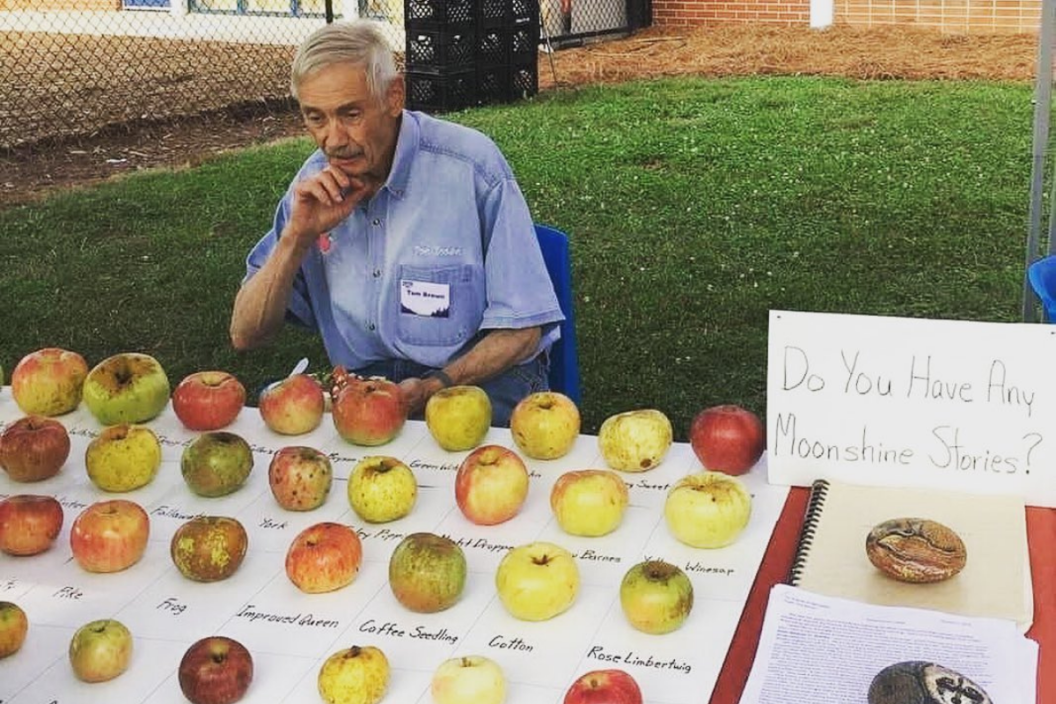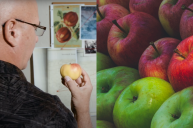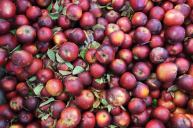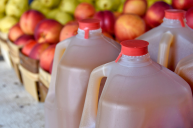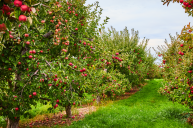We're all accustomed to choosing between apple varieties at the grocery store- granny smith for those who like a tart flavor, honeycrisp for a sweet taste, and red delicious for a classic. However, few of us ponder the many varieties of apples further than which will taste the best in pie. One apple enthusiast in North Carolina has dedicated himself to rescuing heritage apples, rescuing over 1,000 types from extinction.
Videos by Wide Open Country
Tom Brown is a 79-year-old retired engineer who owns an apple orchard in Clemmons, North Carolina. This Appalachian homesteader has found a second calling in his efforts to save as many apples from extinction as possible.
A Fateful Trip to the Farmer's Market
It all started back in 1998, when Brown took a trip to the farmer's market that would change his life. "There was a little stand with a bunch of strange-looking apples laid out in baskets," he says. At the stand, there were apples the likes of which Brown had never seen.
The apples had bright green, pink, black-purple, and yellow flesh, and they came in all shapes and sizes. Upon tasting the many types, Brown found that their flavors were as diverse as their appearances. From the Newtown Pippin to the Grimes Golden to the Arkansas Black, the apples opened up a whole new world.
Brown began talking to the vendor, learning that the apples he was selling were standardized in the 18th and 19th centuries, and had disappeared from the market by 1950. The vendor, orchardist Maurie Marshall, had obtained most of his old varieties personally from mountain homesteaders and apple-hunting expeditions.
Marshall also shared that hundreds of lost apples could be discovered throughout the old orchards of Appalachia through apple-hunting, a fact that Brown took to heart. "That part stayed with me," says Brown. "I kept thinking: 'How neat would it be to find an apple nobody's tasted in 50 or 100 years?'"
The History of Apples
The idea of hundreds of delicious fruit disappearing from existence seemed unfathomable to Brown, and he began researching Appalachia's heritage apple varieties. He found that American orchards were growing about 14,000 different apple varieties at the start of the 20th century, mostly in Appalachia.
This abundance of apples was rooted in the colonists' beverage preferences. Fermented beverages were popular at the time, since water wasn't always safe to drink. Apple orchards were easier to maintain than barley fields for beer, so cider became the preferred alcoholic drink. Because of this, apple orchards were planted in abundance throughout the East Coast during the 18th century, supplying the colonists with homegrown apple cider.
Appalachia offered ideal growing conditions, from the hot summers to the rich soil. Because of this, the Shenandoah Valley was the top apple growing region by the early 1800s, and apple growers were experimenting with abandon. This led to a wide variety of types of apples, such as the Taliaferro, which Thomas Jefferson declared the greatest cider apple in the world.
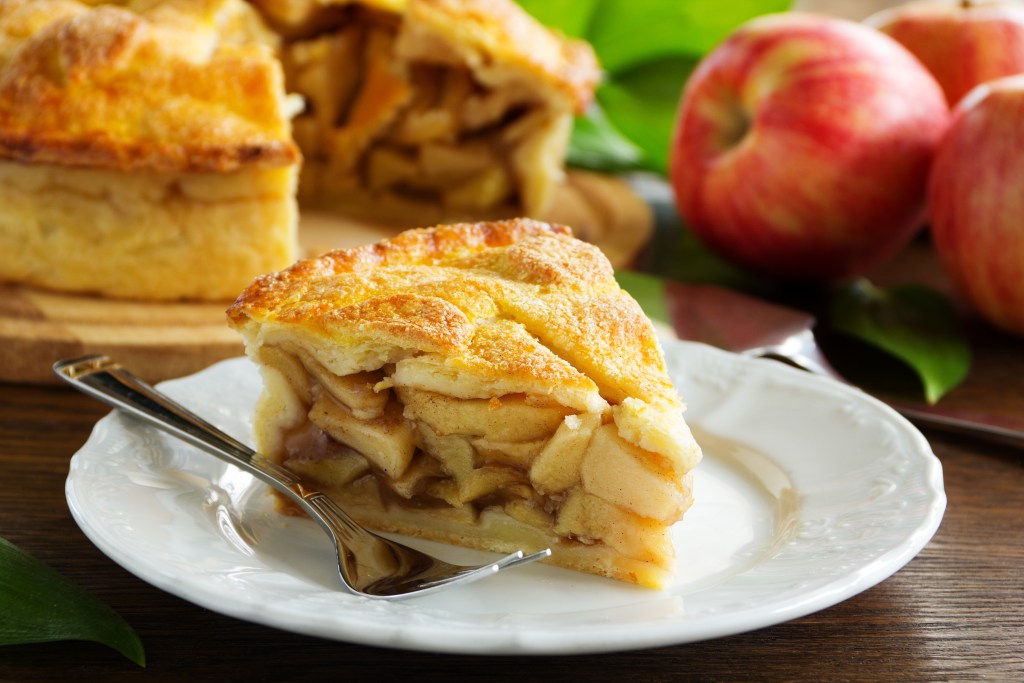
Apple varieties were developed for every purpose imaginable, and soon there were specific apples grown for frying, baking, dehydrating, making vinegar, feeding livestock, and of course making cider.
However, due to urban migration, factory tampering, and food corporations, the Appalachian tradition of heritage apples was destroyed throughout the 1900s. Small orchards eventually went out of business, as conglomerates were only interested in apple varieties that matured quickly and withstood long-distance shipping. By the end of the 20th century, there were less than 100 apple varieties being produced by commercial orchards, and 11,000 heirloom apples had gone extinct.
"It upset me to learn about that," says Brown. "These were foods that people had once cared about deeply, that'd been central to their lives. It felt wrong to just let them die."
A Seed is Planted
Brown was deeply upset to learn about the many lost apple varieties, and this feeling spurred him into action. Brown was in search of a retirement hobby, and his experience as an engineer would give him the organization necessary for such a task. He had inadvertently discovered a new passion in his mid-70's, and he was ready to dive in.
Marshall connected Tom Brown with a group of heritage orchardists, who taught him about identifying, grafting, and maintaining heritage apple trees. He learned about the lost apple varieties, making lists of their former growing locations and distinguishing characteristics.
Brown started by visiting former popular growing locations, along with placing ads in newspapers to glean information about old apple trees. "When I explain what I'm doing, most people are really receptive," said Brown. However, many of the people who contacted him didn't offer any concrete information, instead telling childhood stories about "old man such-and-such had a tree with 20 different types of apples grafted onto it."
However, through detective work, persistence, and more than a few wild goose chases, Brown began to track down growing locations of heirloom varieties like the Royal Lemon, Neverfail, Candy Stripe, and Black Winesap. He drives over 30,000 miles a year to identify and catalog heritage species, and his heritage orchard in North Carolina is filled with clones of rediscovered heritage varieties.
"Saving an apple from the brink of extinction is a miraculous feeling," says Brown. "It's incredibly rewarding—and incredibly addictive!"
This apple hunter has found his "true life's work," and is racing against time to save as many apple varieties as he can. Brown has saved about 1,200 and hopes to recover another 100 varieties or more in his lifetime, but says that even just one more would be rewarding enough.
